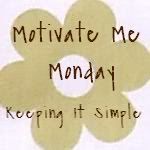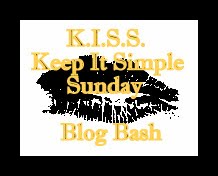I'd heard about geocaching at a 4-H workshop, but had never actually tried it. GPS, coordinates, GPX files--it all sounded so... technical. So I didn't really look into it. That is until I found out there was
The cache part of Geocaching are containers placed somewhere on the planet, usually interesting places or places with a great view, history, or personal significance. The containers can be as large as an ammo box, small as a film canister (micro) or tinier than your little finger (nano). Some containers are camoflaged as something else- a fake log, fake rock, even fake dog poo. These containers all contain a log sheet for finders to fill out with date and their geocaching name and sometimes a brief comment. Larger containers may also contain treasure- trinkets for trade. The rule is: if you take something out, put something in of equal value. Mostly they contain dollar store type items, but sometimes there are other things like CDs, T- shirts, etc.
Another thing you may find in a cache is a Trackable. These might be special Geocoins or items attached to a Travel Bug. These trackables have a number on them that is logged onto a website as the item is moved from cache to cache. My favorite things to find in a cache are Pathtags. Pathtags are coins that people have had made up with their "cache name". They are the size of a quarter and have a hole in them. These are collectible and tradeable.
So how do you find these caches? First you need to get a GPS unit, we had an old one (5 yrs old) that we used on our first trip. It didn't work all that great. So we bought a new one that didn't work much better. We returned that and got another that works pretty good. Read what others are using, before you buy one- a good unit can make a big difference when your in the trees or trying to download GPX files. We ended up with a unit that supports "paperless geocaching". This is a must-have in my opinion. It downloads files from computer and all the info is stored in the unit. (our first trip, I wrote all the coordinates out by hand, plus the hints, type of container we were looking for--but i left out a lot of info that would have helped) Also when it is stored on the unit. It will list those caches that are closest to your present location. Trust me this is worth the extra $s.
Next you'll need to go to www.geocaching.com There are over 4 million geocaches placed all over the world. A basic membership is free and all you need for your first trips. But the premium membership is not expensive and well worth it for the added features. You'll need a "cache name" for your account. This is the name you'll be known by in the geocaching world. Some families choose a name like "TeamJones" , Our name is "ToadilyCool4Hs", that was the name of one of our clubs and since I have 4 children whose names all start with H










 a href="http://memakingdo.blogspot.com/">
a href="http://memakingdo.blogspot.com/">































No comments:
Post a Comment